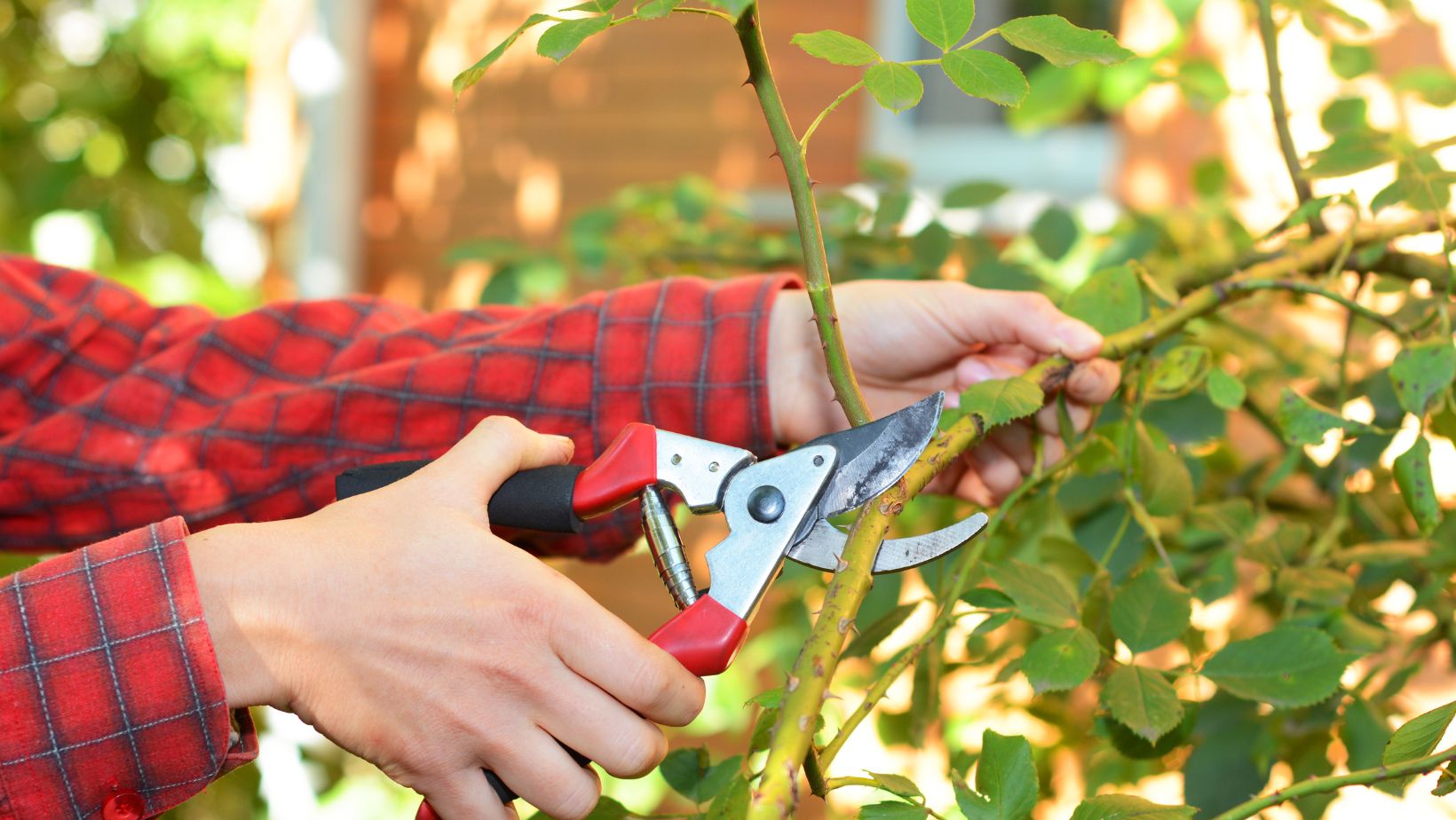Crabapple trees are a stunning addition to any landscape, known for their beautiful spring blossoms and vibrant autumn fruit. To keep them healthy and looking their best, proper pruning is essential. However, the timing of that pruning is a frequent point of confusion for many gardeners.
Is fall the right time to make your cuts? This guide will answer that question directly. We’ll explore the risks and benefits of fall pruning for crabapple trees, explain the ideal time to get out the shears, and provide tips to ensure your tree thrives for years to come.
Why Pruning Your Crabapple Tree Is Important
Before deciding when to prune, it’s essential to understand why pruning matters. Regular pruning helps crabapple trees stay healthy, safe, and visually appealing. By removing dead, diseased, or damaged branches, you reduce the risk of infections spreading and prevent weak limbs from falling during storms.
Pruning also plays a key role in the tree’s overall vitality. Opening up the canopy improves airflow and allows more sunlight to reach interior branches, which supports stronger growth and more abundant blossoms in spring. Over time, this helps the tree resist common fungal issues and encourages better fruit production.
Beyond health benefits, thoughtful pruning improves the tree’s shape and structure. It prevents overcrowding, maintains a balanced form, and enhances the tree’s natural beauty within the landscape. A well-pruned crabapple is not only safer and healthier but also makes a stronger visual impact year after year.
Can You Prune Crabapple Trees in the Fall?
The direct answer is that you should avoid it whenever possible. For the long-term health and vitality of your tree, waiting until late winter is the best and safest practice for any significant pruning.
However, there are exceptions for minor, necessary cuts. If a branch is broken by a storm, is clearly dead, or poses a safety hazard, it is better to remove it immediately than to leave it. In these cases, stick to removing only the problematic branches and avoid any major structural cuts.
The Risks of Pruning Crabapple Trees in the Fall
Although pruning after leaf drop may seem convenient, fall is one of the worst times to prune crabapple trees. Pruning creates open wounds, and as the tree enters dormancy, its healing slows. This makes it more vulnerable to fungal infections and pests that remain active in cool, damp conditions.
Heavy fall pruning can also trigger late-season growth that won’t have time to harden before frost. This new growth often dies back, wasting the tree’s energy and increasing the risk of branch damage.
Best Practices for Pruning Crabapple Trees in the Fall
If you absolutely must prune in the fall due to storm damage or disease, follow these best practices to minimize stress on the tree:
- Only Prune What’s Necessary: Limit your cuts to dead, broken, or clearly diseased wood. Avoid any major reshaping until the dormant season.
- Use Clean, Sharp Tools: Sterilize your pruning shears or saw with rubbing alcohol between cuts to prevent spreading diseases.
- Make Precise Cuts: Cut just outside the branch collar (the swollen area where the branch meets the trunk) to promote faster healing.
- Keep it Light: The goal is to address immediate problems, not to perform a full pruning. The less you remove, the better.

Following these steps will help protect your tree until it’s ready for a full pruning in the dormant season. For more seasonal tips and maintenance advice, check out these in-depth guides on crabapple tree care.
The Best Time for Pruning Crabapple Trees
The ideal time to prune crabapple trees is during late winter or early spring, before new growth begins. At this stage, the tree is still dormant, which makes it easier to see the branch structure and make precise cuts. Pruning while the tree is dormant also minimizes stress and lowers the risk of disease spreading through fresh wounds.
As temperatures rise and buds start to swell, the tree will naturally redirect energy toward healing the pruned areas and producing healthy new growth. This timing supports strong flowering and helps the tree maintain its shape throughout the growing season. By contrast, pruning too early in fall can encourage tender shoots that may be damaged by winter weather.
Can You Prune Crabapple Trees in the Fall? Sure, But Patience Will Pay Off
In summary, the answer to “Can you prune crabapple trees in the fall?” is a cautious “only if you absolutely must.”
While you can perform minor corrective pruning for damage or disease, it’s best to save the significant work for late winter. With a little patience in the fall, you will be rewarded with a healthier, more beautiful tree for years to come.

![A grove of crabapple trees in full bloom with ripe fruits during summer, waiting to be pruned in the Fall.]](https://voicesofconservation.org/wp-content/uploads/2025/10/111-28-1024x577.jpg)